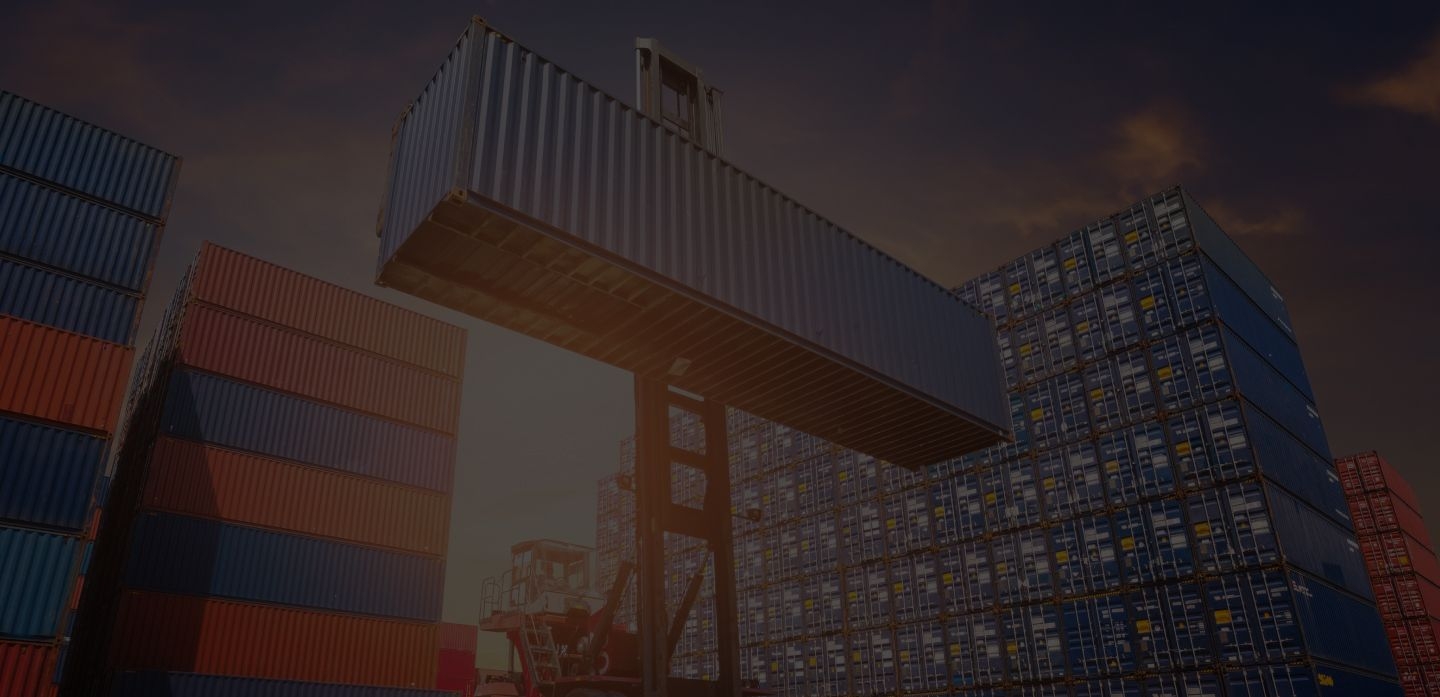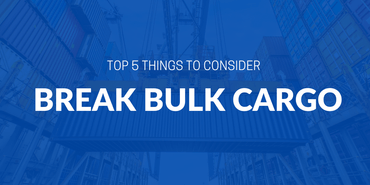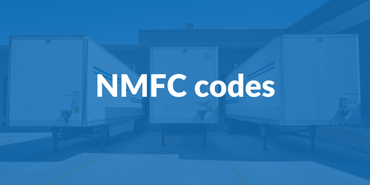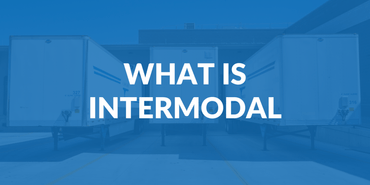
What is the VAT Number?



![]()
International shipping involves a lot of different technicalities and processes. Because trade, importation, and exportation, are all governed by unique sets of rules and regulations, shippers also need to perform many different tasks that correspond to and comply with the rules set forth by their origin and destination countries.
One of these processes and technicalities is the VAT number, which is something that shippers, businesses, and other entities that carry out economic activity may encounter. VAT numbers can seem overwhelming, so we’re here to break it down for you.
In this article, we discuss what a VAT number is, when it is needed, its importance, and from where it is issued.
What is a VAT Number?
A VAT number comes into play in all types of economic activity, including the process of trade, importation, and exportation of goods. This is a unique identifier made up of numerical symbols that helps authorities identify between taxable persons or businesses and non-taxable entities.
These are important because they help identify the tax status of the relevant parties, the place and rate of taxation, and in some instances, are required in invoices.
VAT Number in EU Countries
Mainly applicable and relevant in EU countries, a VAT number can have a lot of names. It is also called a tax VAT number, VAT identification number, or VAT registration number. VAT would also differ depending on the regulations of individual EU countries, which issue their own VAT number.
That means that businesses that supply goods to several EU countries cannot use one VAT number for all transactions. Instead, they would need to register for VAT in each of these countries.
For businesses that supply services that span electronics, broadcasting, and telecommunications, there is a simplified registration available to make the process more streamlined and convenient.
VAT Number Format
VAT numbers are typically formatted beginning with the EU country’s code and unique digits or characters. The format can also differ depending on the subject country. For example, Belgium uses one block of characters with 10 digits. On the other hand, Denmark uses four blocks with 2 digits each.
You can find a complete list of VAT number formats per EU country here.
Who Needs to Register for a VAT Number?
According to Article 214 of the VAT Directive, the following people need to be identified with an individual VAT number:
- Businesses that carry out the supply of goods and services that are taxed with VAT
- Businesses that make intra-EU acquisitions of goods
- Businesses that receive services for which it is liable to pay VAT
- Businesses that supply services for which the customer is liable to pay VAT
These entities are required to register for a DPP VAT number if their VAT taxable turnover is over £85,000.
How to Register for a VAT Number
VAT numbers are issued by the respective authorities in the EU Member States. Only tax administrations are given by the EU Commission the authority to issue a VAT number to businesses.
Before beginning your registration, it’s advisable that you use a customs and VAT calculator to determine the right amount of VAT that will be charged from you. You can register with HM Revenue and Customs (HMRC) or any tax administration authorized by the EU commission.
Upon registration, you will receive a VAT registration certificate with details such as your unique individual VAT number, the due date for your first payment and VAT return, and details on your effective date of registration.
What Responsibilities Under the VAT Directive
Businesses that have registered for a VAT number have certain responsibilities to keep their tax status in check and to comply with EU countries’ rules and regulations on economic activity. The most important obligation, of course, is to pay any VAT amount that is due to the tax administration at the right time.
Aside from the timely and complete payment of VAT, businesses must also submit documents on their VAT returns, keep their VAT records and accounts, and charge the right VAT rate on purchases.
The following VAT records must be kept and accounted for:
- Business name, address, VAT number
- VAT accounting schemes
- VAT on goods and services supplied
- VAT on goods and services received
- Adjustments to a return
- Time and value of supply
- Rate of VAT charged
- Reverse charge transactions
- Daily gross takings
- Items viable for VAT reclaim
- Total sales and VAT amount
Businesses that earn over £85,000 and are registered for VAT also need to meet additional requirements. These include keeping VAT records digitally, sending in their VAT return through Making Tax Digital platforms, etc.
Related Articles


